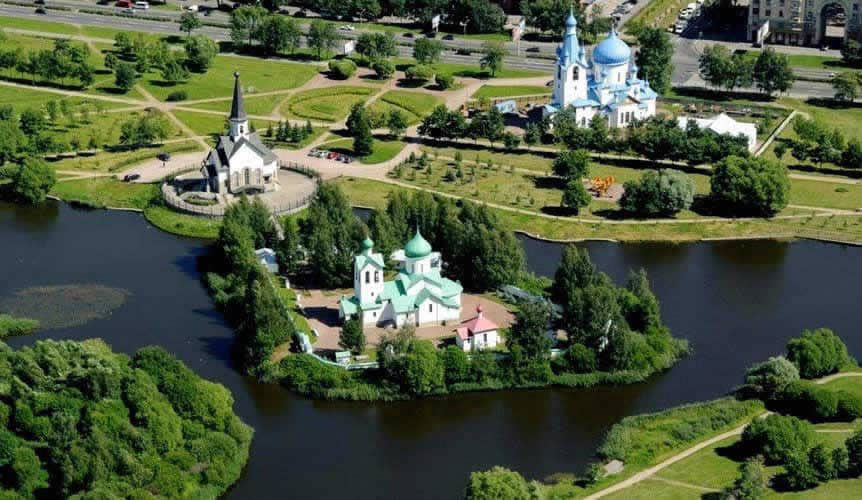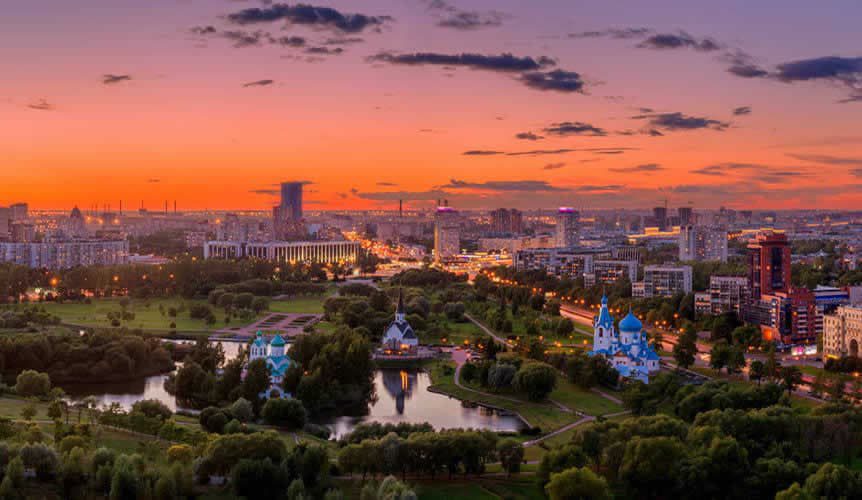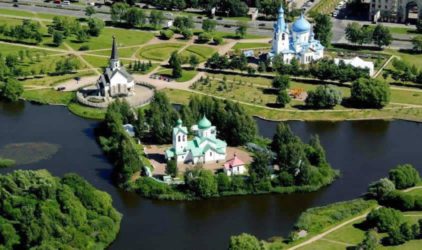Russian folklore is a rich cultural layer filled with magic, fantasy and folk wisdom. Of great importance are Russian fairy tales, which are a window into a magical world filled with brave heroes, mystical creatures, and deep moral lessons.
Let’s take a closer look at traditional fairy tale characters!
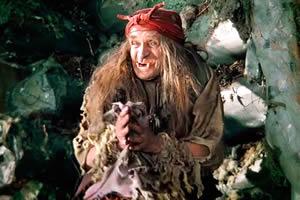
Baba Yaga, the iconic figure of Russian folklore, is both feared and revered. Known for her unpredictable nature, she lives in a magical hut on chicken legs and can be a helper or a villain.
Her dual nature — capable of great wisdom and terrifying power — makes her a symbol of the unknown forces in life. She remains a timeless figure in Slavic mythology.

Koschei the Immortal is a fearsome villain in Russian folklore, known for his dark magic and inability to die. His life force is hidden away in a needle, inside an egg, within a series of nested objects, making him seemingly invincible. Koschei is often portrayed as a skeletal, old man who kidnaps princesses and wages war on heroes like Ivan Tsarevich. His immortality symbolizes the eternal struggle between good and evil, as defeating Koschei requires not just strength but cunning.

Leshy is the forest spirit of Slavic mythology, guarding the woods and its creatures.
He can appear as a towering figure or blend into the trees, making him hard to spot. Leshy is both a protector of the forest and a trickster, leading travelers astray or helping those who respect nature.
With his wild, leafy appearance and deep connection to the natural world, Leshy embodies the untamed power of the wilderness.
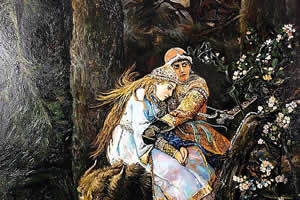
Ivan Tsarevich embodies courage, virtue, and determination. As the son of a tsar, Ivan often embarks on dangerous quests, facing mythical creatures, powerful villains like Koschei the Immortal, and solving impossible riddles. His adventures typically revolve around rescuing princesses, finding magical items, or restoring order to a chaotic kingdom. His tales continue to inspire, reminding us that kindness can overcome even the darkest challenges.
Many fairy tales contain profound moral and philosophical lessons reflecting traditional values such as kindness, honesty and justice!
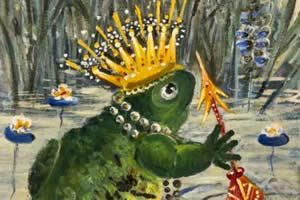

In the tale of The Frog Princess, Ivan marries a frog, unaware that she is a bewitched princess. Through his patience, kindness, and eventual understanding, Ivan breaks the curse, revealing her true form.
In another tale, Morozko, a kind-hearted girl endures harsh trials but is rewarded for her humility and goodness, while her greedy stepsister is punished for her selfishness.
These stories emphasize that virtues like kindness, honesty, and justice are always rewarded, teaching timeless values through magical adventures.
Often fairy tales use the classic ‘problem – challenge – solution’ scheme, where the hero overcomes difficulties, receiving a reward or wisdom in the end.
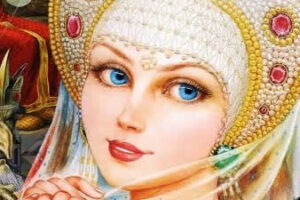
With courage and cleverness, Ivan completes these challenges, ultimately defeating the villain. His reward is not only Vasilisa’s love but also wisdom gained through perseverance. This timeless structure reflects how heroes overcome hardship, learning valuable lessons along the way.
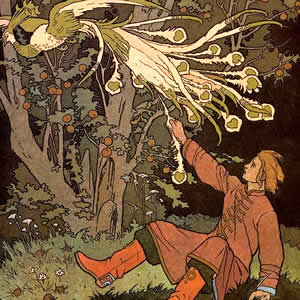
Many stories are set in forests, vast meadows, or beside rivers, where mythical creatures like the Leshy or Rusalka.
Tales like The Firebird often feature heroes traveling through the wilderness, encountering enchanted animals and magical landscapes.
Village life, customs, and festivals are also woven into these stories, reflecting the rhythms of rural life.
Fairy tales were passed down by word of mouth, which added an element of diversity and uniqueness to each version.



